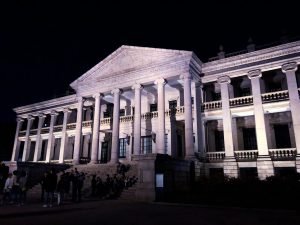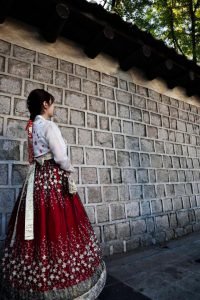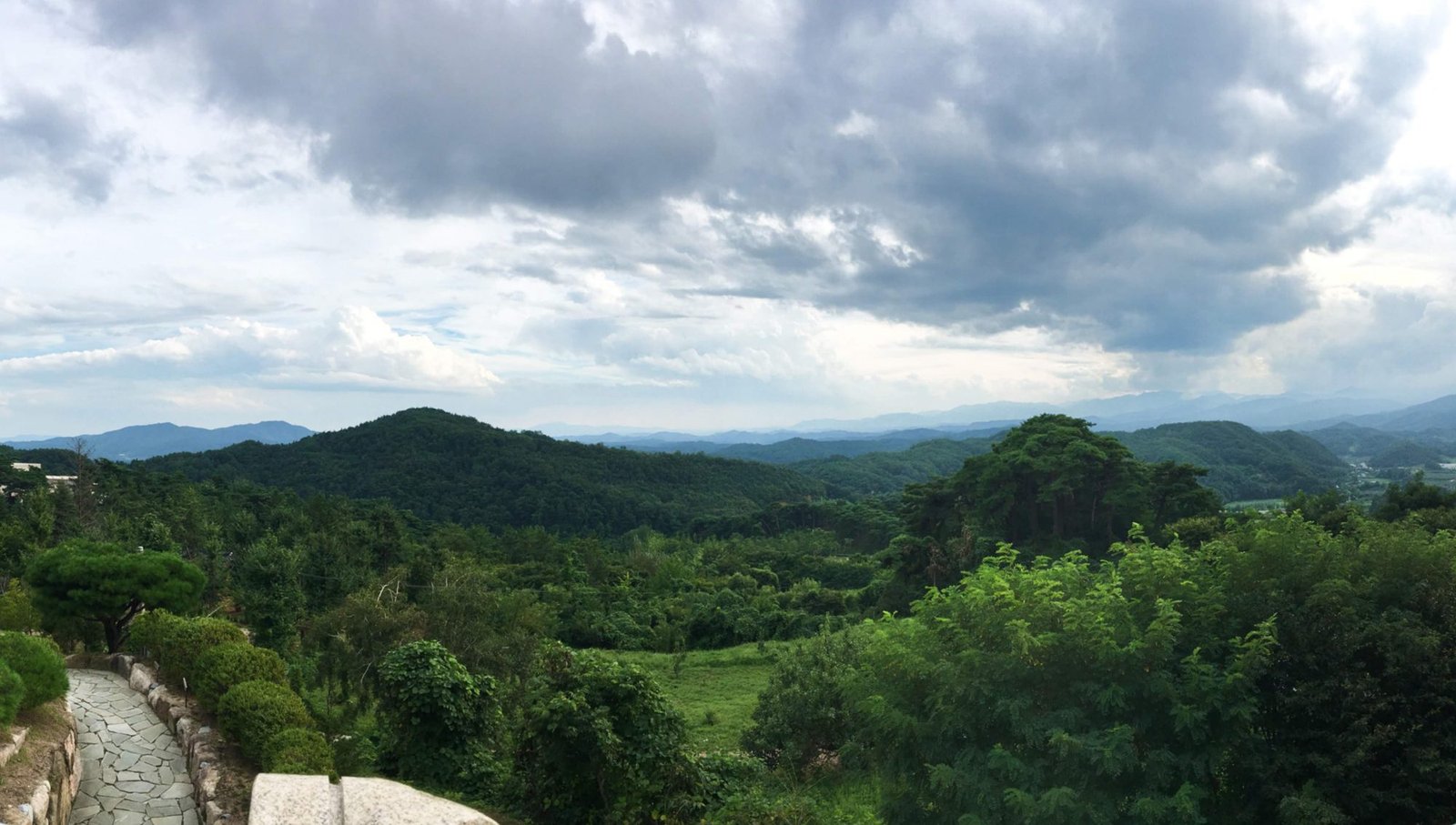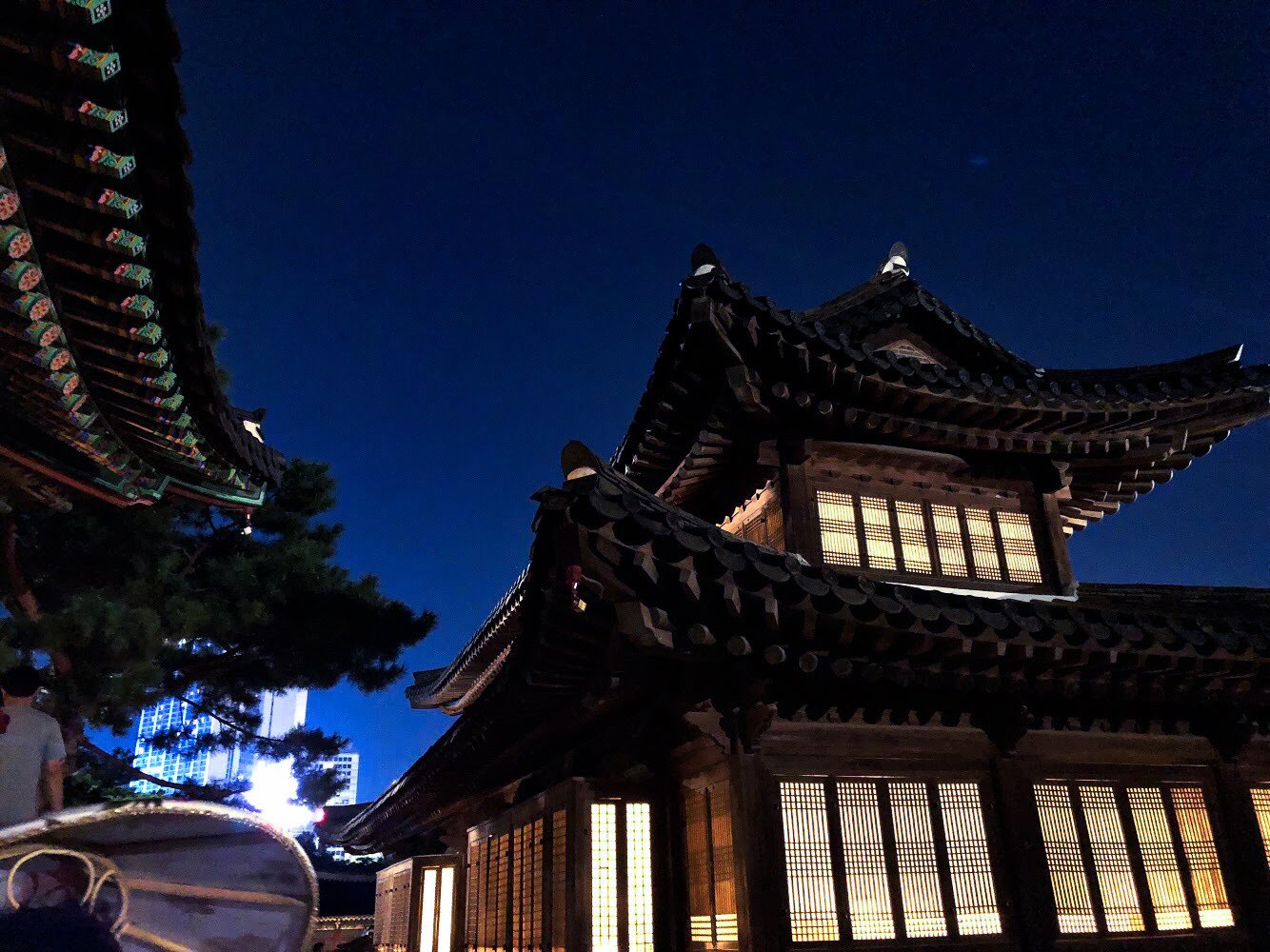On Saturday evening I had the opportunity to visit the Deoksugung Palace in downtown Seoul with many of the students and mentors in my program. Deoksugung, along with Gyeongbokgung (which I visited in late August) is one of the “Five Grand Palaces” in Seoul and was also built during the Joseon Dynasty. During the Japanese invasion in the late-16th century, Deoksugung became the primary royal residence after the other Joseon palaces had been burned down.

Deoksugung is particularly unique among the other palaces because it combines both ancient Korean and modern Western-style architecture and gardens. The palace grounds are completely surrounded by a large stone wall separating—and perhaps preserving—the historical site from the ever-growing, ever-changing city of Seoul. The property itself is home to several buildings: Junghwajeon (the main hall, or throne room), Seokeodang (the private residence), Jeonggwanheon (the reception room), and Seokjojeon (the audience hall, and now museum). Seokjojeon Hall is a large, neoclassical, Western-style building that was designed by British architect GR Harding and built in 1910, right at the onset of Japanese colonization of the Korean Peninsula. This building struck me the most out of all of them because it seems completely out of place on the Deoksugung Palace grounds. It is certainly something I would expect to find in Washington, D.C., but not Seoul. The best part of the palace visit was that we stayed until after sunset, when all of the buildings and paths were illuminated by hidden lights that caused all of the colors and details to pop out against the surrounding darkness.
Prior to visiting the palace, we all rented and dressed in hanbok, which is traditional Korean dress worn for formal occasions. Hanbok literally translates to “Korean clothing,” but it refers specifically to the clothing worn during the Joseon period, when the “Five Grand Palaces” were built. The women’s hanbok consists of a jeogori, a blouse-like upper garment covering the arms and chest, and chima, a skirt. The men’s hanbok consists of a jeogori also, but it is worn with baji (trousers), instead of a chima.

After we were all dressed, we walked from the rental shop through the streets of downtown Seoul (drawing many stares, laughs, photographs, and head-shaking) to the palace, where we received free admission for wearing hanbok.

